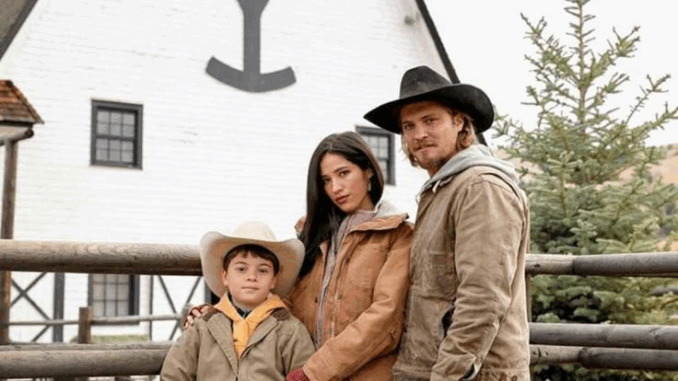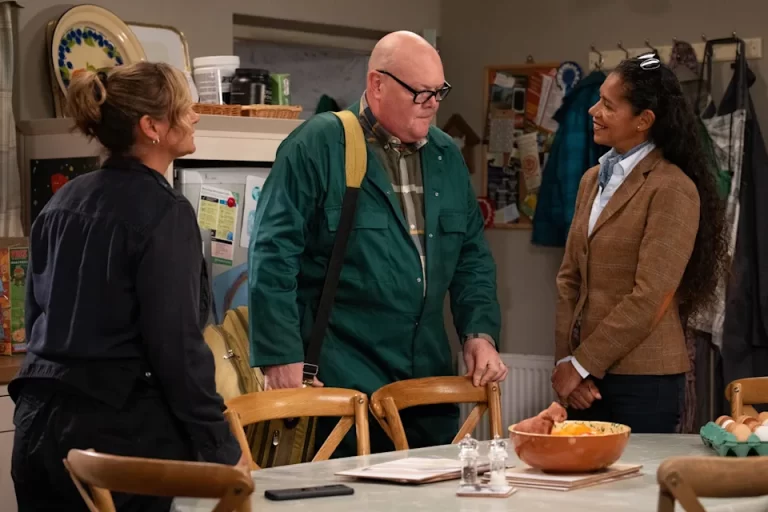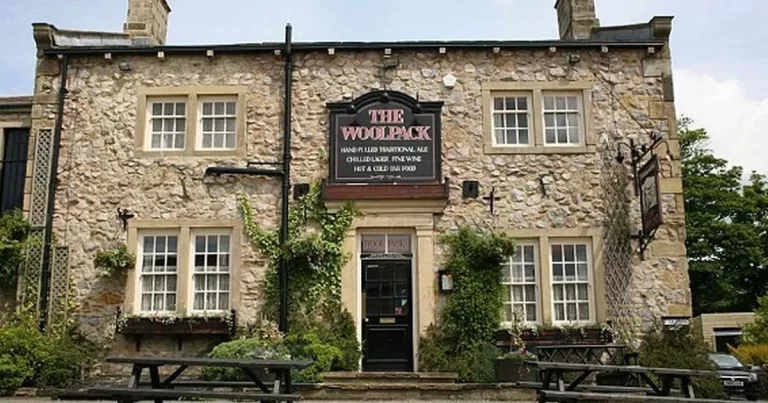
The Rise of Monica Dutton
In Taylor Sheridan’s modern western drama Yellowstone, Monica Dutton is a character of quiet resilience, cultural depth, and inner strength. As the Native American wife of Kayce Dutton, Monica embodies the tension between two worlds — the ranching legacy of the Dutton family and the spiritual, political, and social reality of Native life in modern America.
Portrayed by Kelsey Asbille, Monica’s character quickly became a cornerstone of Yellowstone’s narrative. Viewers praised her emotional range and connection to heritage. But behind the accolades, a growing storm of controversy brewed — one not about her performance, but about whether she should have been cast in the role at all.
Chapter 1: Who Is Kelsey Asbille?
Kelsey Asbille Chow, professionally known as Kelsey Asbille, was born in South Carolina and began her acting career as a teenager. Her early roles included appearances in Disney Channel series and supporting parts in teen dramas. As she matured, she sought more serious, culturally rich roles — including Indigenous characters.
Over time, she dropped “Chow” from her professional name and began publicly identifying as having Cherokee ancestry. She was cast as Native American women in multiple projects, including Wind River and Yellowstone, both written by Taylor Sheridan.
However, it was the role of Monica Dutton — a woman deeply rooted in Native history and identity — that catapulted her to prominence, and soon thereafter, under the microscope.

Chapter 2: Heritage Claims Under Scrutiny
When Asbille began speaking publicly about her Cherokee heritage, the initial response was neutral. Many applauded the increased visibility of Indigenous women in media. But questions soon began to emerge — from journalists, tribal members, and Native advocates.
In 2017, during press coverage for Wind River, Asbille stated in an interview that she was “part Cherokee.” However, the Eastern Band of Cherokee Indians — one of the three federally recognized Cherokee tribes — confirmed that they had no record of her or her family members in their genealogical or citizenship rolls.
For Native communities that have long fought for accurate representation and battled widespread erasure, this was more than just a clerical discrepancy — it felt like another instance of Hollywood taking their stories while excluding their people.
Chapter 3: The Pain of “Pretendians”
To many in Indian Country, this situation fit a troubling pattern — one they’ve experienced for decades. The phenomenon of “Pretendians” (non-Native individuals falsely claiming Indigenous ancestry) has long plagued the entertainment industry. From casting in Westerns to literary fraud, the damage caused by such misrepresentation runs deep.
In this case, the concern wasn’t merely about Asbille’s background, but about how roles meant for Indigenous actors continue to be given to individuals whose claims of Native identity are disputed or unverified.
Native actresses — many of whom have struggled to find roles in mainstream media — expressed frustration. Why, they asked, does Hollywood keep overlooking them in favor of ambiguous “ethnically flexible” actors who may or may not have legitimate ties to Indigenous communities?
Chapter 4: The Industry’s Role and Responsibility
The Asbille controversy reignited discussions about casting protocols, identity verification, and systemic bias in Hollywood. Some defended her, arguing that cultural identity is personal, complex, and not always neatly documented.
Others insisted that the industry had a duty to verify heritage claims when casting culturally specific roles, especially when those roles are central to the narrative of underrepresented communities.
Producers, meanwhile, walked a tightrope. Taylor Sheridan, who had previously collaborated with Asbille in Wind River, doubled down on his casting choice, stating he believed in her ability and character. Paramount Network remained silent on the matter.
This silence only deepened the divide. Was this willful ignorance, or a desire to protect a successful actor from career-damaging headlines?
Chapter 5: Public Backlash and Cultural Impact
While Yellowstone continued to dominate ratings, the controversy around Asbille bubbled just beneath the surface. Native-led media outlets, podcasts, and organizations discussed the issue at length. The consensus was clear: representation matters, and it cannot be based on unverifiable claims.
For Native viewers who saw Monica as a rare moment of honest cultural depiction, the revelation hurt. Some began to distance themselves from the show altogether, disappointed by what they saw as a betrayal of trust.
And yet, others remained torn. Asbille’s performance, by most accounts, was deeply moving. Could artistry be separated from authenticity? Should it?
Chapter 6: What Asbille Has (and Hasn’t) Said
Kelsey Asbille has largely avoided direct confrontation over the controversy. Her public statements on her heritage have been sparse and vague since the initial backlash. She has not presented documentation of her ancestry, nor publicly responded to tribal challenges.
This silence has left many questions unanswered.
Is it a calculated PR decision? A personal boundary? Or a refusal to acknowledge legitimate criticism?
Without clear answers, audiences are left to interpret her silence through their own lens — and that ambiguity continues to fuel the debate.
Chapter 7: Broader Implications for Casting in Hollywood
This controversy is not an isolated incident. Hollywood has long had a complicated relationship with authenticity, often casting white or racially ambiguous actors in roles meant for people of color — especially Indigenous roles.
Recent years have seen a push for change. Films like Prey, featuring Comanche actress Amber Midthunder, and shows like Reservation Dogs, with an almost entirely Native cast, have been celebrated for their commitment to authentic casting and storytelling.
The Asbille debate illustrates the gap between where the industry says it wants to go — and where it currently still is.
For some, Yellowstone’s casting choices reflect a regressive mindset. For others, they reveal just how far we still have to go in understanding identity, ancestry, and the responsibilities of storytelling.
Conclusion: Performance vs. Personhood
Kelsey Asbille remains a talented actress. Her portrayal of Monica Dutton is nuanced, emotional, and compelling. But the controversy surrounding her heritage is not about talent — it is about trust, identity, and who gets to tell whose stories.
As Yellowstone continues its legacy as one of America’s most-watched dramas, its off-screen drama serves as a potent reminder that representation cannot be divorced from responsibility. Authenticity, especially when portraying cultures with centuries of pain and erasure, is not a luxury — it’s a necessity.
The question remains: can the industry learn from this? And will Kelsey Asbille ever speak the truth of her identity clearly enough to bring resolution to this chapter?


